The teachings that were practiced in the ancient Egyptian temples were the same ones later intellectually defined into a literary form by the Indian Sages of Vedanta and Yoga, Dr. Muata Ashby claims in his book Egyptian Yoga: The Philosophy of Enlightenment. Indeed, we continue to be inspired by ancient Egyptian culture to this day. We recently took a look at beautification objects from the influential civilization, and we learn a few of their beauty secrets, below.
Do you ever think about how we’ve come to primp, pamper, adorn and bedazzle ourselves? I believe we owe some recognition to the world’s founders of beauty.
Lo and behold! Beauty rituals have existed for thousands of years, and through the ages, people have searched for the “fountain of youth”—the way to stay young forever.
Fortunately, thousands of years later, these rituals have made their way into the modern world of beauty. With environment pollution, sun-damage, and adverse lifestyle factors affecting the health of our skin, this era is sure going to need them!
While the philosophy of beauty is recognized within many different cultures, the various rituals and standards of beauty vary from one culture to another.
Not only was ancient Egypt one of the most advanced civilizations to grace the earth, but also the creator of many sacred luxuries that are still used widely today. Egyptians were undeniably known for their “bling” and were, without a doubt, stylishly avant-garde.
Adorned in exotic jewelry, headdresses and hairstyles, Egyptians took fashion and beauty quite seriously. Sulfites (kohl) and malachite minerals were used as eye enhancements and liners, while lip color was made with purple and red dyes from seaweed, iodine and carmine beetles.
Uncovered burials have provided us with artifacts and knowledge that beautification rituals were revered in Egypt more than in any other culture. For example, burials and tombs have been discovered with remnants of cosmetics inside. The application of makeup was so important to ancient Egyptians and pharaohs that their beauty rituals served as an honor to their gods and goddesses.
Speaking of Pharaohs… Cleopatra, the last active pharaoh of Egypt, was a legendary beauty, leaving behind timeless rituals with her legacy. Almond oils, apple cider vinegar, dead sea salt scrubs, honey and milk baths were among some of her anti-aging rituals.
As early as 10,000 BCE, moisturizing emollients were being used in Egypt to protect the skin from the very dry desert climate. According to the author Judith Illes, who has done extensive research on ancient Egypt, Egyptians had access to and used, more or less, 21 different vegetable oils for a range of beauty purposes. Both men and women applied oil to their bodies regularly. While women used it to slow the aging process and prevent post-pregnancy stretch marks, men used oil to stimulate hair growth.
Perfumes were also prized in ancient Egypt, as they were valued for their positive health and wellness properties. Frankincense and myrrh were highly regarded as essential ingredients in perfumes, salves for wounds, skin care treatments, dental hygiene and insect repellent. These resins were also a sacred component of the embalming process for the deceased.
Since Egyptians embodied cleanliness, hair removal was a fundamental part of their grooming habits. Sugaring, a natural method of hair removal, was performed using a sugar solution made with sugar, lemon and water to form a paste. The paste was applied to the hair, without sticking to the skin, and “flicked” off. It’s truly a fascinating method that still exists today and is gaining popularity among estheticians.
We could go on and on about ancient Egypt’s extraordinary beauty rituals; they were the pioneers of an authentic concept of beauty.
Visit more of the renowned influences in the realm of beauty at AnnMarieGianni.com.
-Art via We Heart It


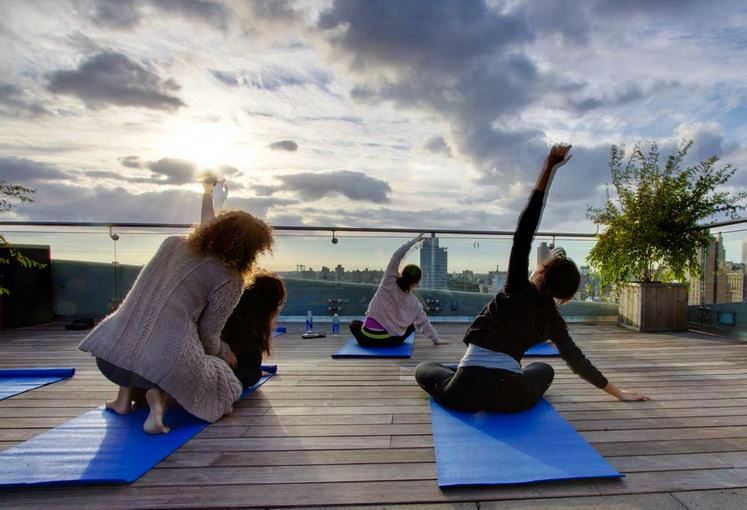
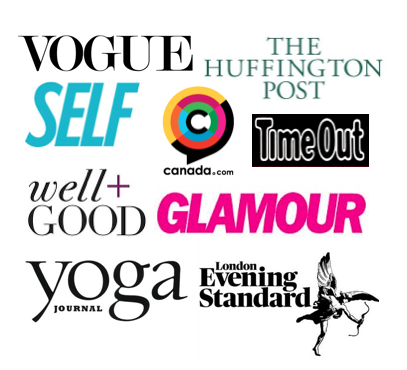


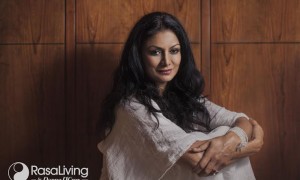
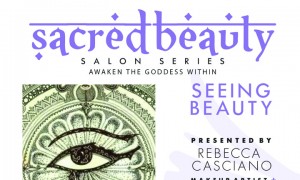
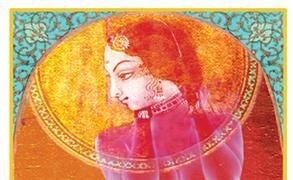

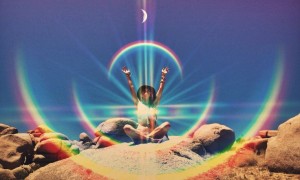



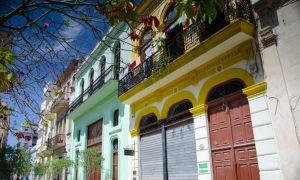

No Comments